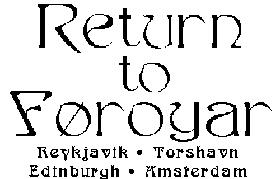
Return To Føroyar
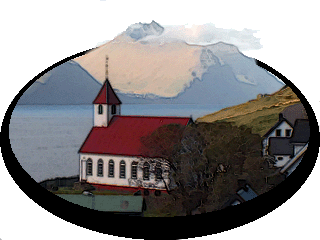

6 October 2016
The North Atlantic Arc Home
| Octoberrrrrrrrrrrrrrrrrrrrrrr |
| S | M | T | W | T | F | S |
| 1 | ||||||
| 2 | 3 | 4 | 5 | 6 | 7 | 8 |
| 9 | 10 | 11 | 12 | 13 | 14 | 15 |
| 16 | 17 | 18 | 19 | 20 | 21 | 22 |
| 23 | 24 | 25 | 26 | 27 |
 |
|
Thursday 6 October 2016--I'm first in line for the 11:00 ferry to Tórshavn. I
wanted to be in the queue at about 10:30, so left the guesthouse at 10:15. It
took barely five minutes to get here. It's often thus--I show up early to be sure of
making my connection, while the locals who are familiar with the way things work
tend to pull in at the last minute. I have plenty of time to admire the view of
Tvøroyri across the fjord, from both the terminal and the rail of Smyril, before
we slip out to sea. It's another beautiful sunny day, if anything even clearer than
yesterday, and it seems a shame to spend two hours of it on the ferry. But I
won't complain about the views of northern Suðuroy, Lítla Dímun, and Stóra
Dímun passing by to port. The islands' misty caps are the only clouds in sight.
Land in Tórshavn at 1:00 and drive out to Kirkjubøur, on the west side of Streymoy's southernmost peninsula. Despite having a population of less than a hundred, the village is historically one of Føroyar's most important. From early in the 12th century until the Reformation, it was the seat of the Catholic diocese of Føroyar. Bishop Erlendur commissioned the construction of a cathedral here, and work commenced in about 1300, but the edifice was never completed.* The empty shell is perhaps the most immediately arresting sight to the arriving tourist, but two nearby buildings are ultimately more impressive to me. One is St Olaf's Church, built in 1111 (and surely refurbished more than once since then). The other is Kirkjubøargarður, reputedly the oldest continuously occupied wooden house in the world. The oldest parts of it date to the 11th century, other sections as recent as 18th century. This was the episcopal residence beginning in about 1100. Some of the building is given over to a farmhouse museum, unfortunately not open this late in the season; but the Patursson family has maintained residence here since 1550. St Olaf's Church is currently threatened by shoreline erosion. In fact, there once was a peninsula extending from the church out to what is now the islet of Kirkjubøhólmur, forming, I gather, a reasonably well-sheltered harbor. A storm washed much of this, and the many houses on it, away in the 16th century. The local authorities are considering ways to safeguard the church. I don't know why they don't simply build out the shoreline a bit with some of the rock taken out of the ongoing tunnel projects. I drive the road up the coast, passing through the village of Velbastaður. There was a vé here in the old days--an open-air pagan shrine. It's likely that it's the reason a church was sited at Kirkjubøur, as the early Christians attempted to co-opt pagan practice. The road ends a few miles along at Syðradalur. There are views north to another road-end farm at Norðradalur, and Vágar beyond. Just below the main road back by Velbastaður, I pass the Okkara brewery. It occurs to me to pop in, but I see no sign that visitors are welcome. A remote island country that has just seen its second brewery opening is not likely to have developed a beer-touring culture. I return to Tórshavn and check in at Hotel Streym. There is no one manning the desk at 4:00 in the afternoon, but my key is waiting for me on the counter. I go upstairs and take a short nap. The room seems to be rocking gently; my inner ears apparently still think they're on the ferry. When I drove bus tours to Nova Scotia, we'd take the overnight ferry from Portland, Maine to Yarmouth, arriving early in the morning. We'd spend the day touring on our way to Halifax, check into our hotel there, and go out for dinner. I'd drop the folks at the hotel, park the bus and go out to the Old Triangle for a pint or two. I'd eventually get back to the hotel and go to bed...and the room would rock, ever so gently, all night long. Get up and go out for a walk, thinking about dinner. I check out SMS, Tórshavn's mall, a ten-minute walk from the center of town. It's not huge by American standards, but it's definitely the local shopping mecca. The food court has only three options, one of which is Burger King, the only fast food outlet in Føroyar. I feel a perverse urge to eat there...fortunately, I guess, there's a queue. I can tolerate crappy fast food, but not waiting in line for it. Instead, I head back toward the harbor, where evening fog is creeping in. I settle on Hvonn, the brasserie at Hotel Tórshavn, for dinner. They have an eclectic multi-ethnic menu; I choose fajitas. They're okay. (Coincidentally, one of the dining choices at SMS is an outlet of Hvonn.) After, I take a stroll around Tinganes, the rocky point that is the oldest part of town. The local Ting, or parliament, first met here in 825, but the oldest buildings now surviving date from the 16th and 17th centuries. There are houses that are obviously more modern, but in keeping with the general style, built up on the old undercellars. Most of the buildings are taken up with government offices. Time for a pint or two. First, a bar called Tórshøll (Thor's Hall). Lonely Planet says “Drinking in this smoky local dive is a daring social experiment.” Most other references I've seen stop just short of warning tourists away. It's a geezer's dive, no longer smoky these days, and I'm hoping to pick up on a bit of local character. Unfortunately, the one character who wants to talk to me, a fisherman named Sveinur, seems to have some sort of agenda that isn't quite comprehensible to me. I'm not sure whether he's just trying to assert Faroese pride, or is overtly anti-American, but he is in any case a bit more aggressive than I'm comfortable with. I nod politely, finish my beer, and go on my way. I had a similar experience once in the Dubliner in Reykjavík, and was rescued by two local women named Charlotta Maria and Erla, who took me home for coffee in the wee hours. That was an interesting evening (but not, I'm sorry to say, that interesting). My Taiwanese friend isn't in the Irish Pub tonight, but the lovely blonde Rannvá isn't too busy to chat a little. After one pint, I head to Café Natúr for a nightcap. It's very quiet at 10:30. On Friday and Saturday, closing is at 4:00am, and nothing much goes on until midnight. The rest of the week, closing is at midnight, and nothing much goes on at all. Next * Recent evidence suggests that the cathedral was in fact finished, and likely remained in use until the Reformation, in the mid-16th century. It makes sense that the ornate pew ends now in the museum had been commissioned for the cathedral, rather than for the spare parish church, where they ended up. |
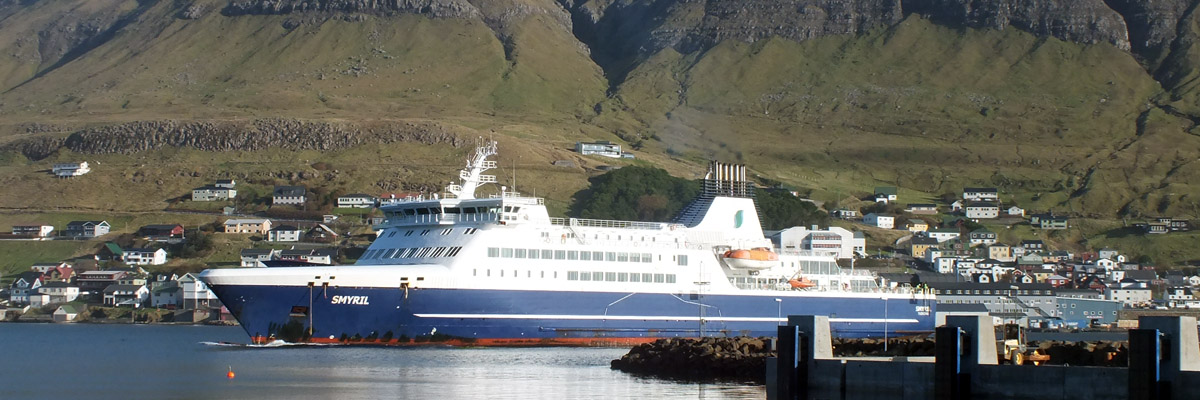 |
Smyril
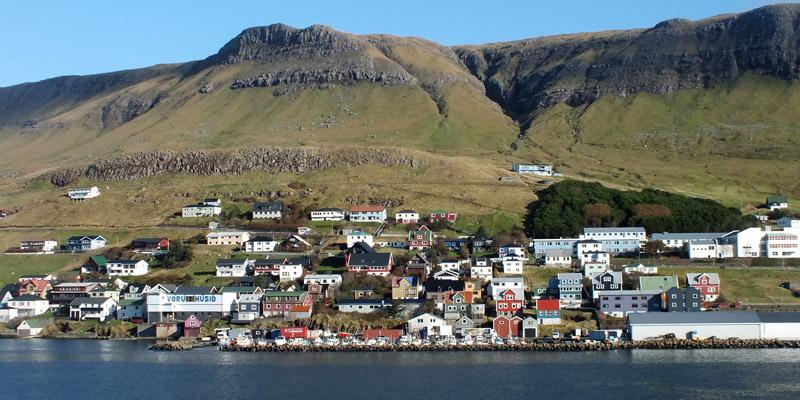 |
Tvøroyri
 |
Tvøroyri
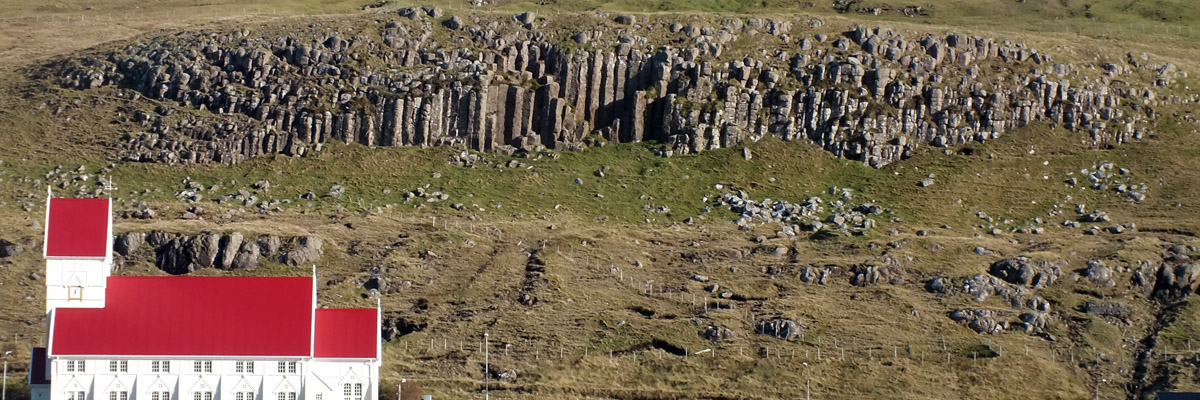 |
Basalt Columns
 |
Farewell To Tvøroyri
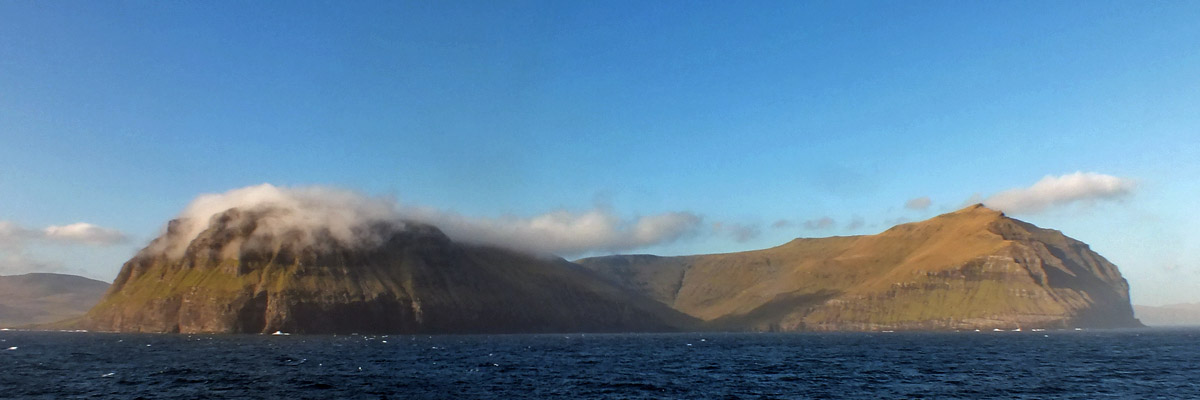 |
Suðuroy
 |
Suðuroy
 |
Hvalba
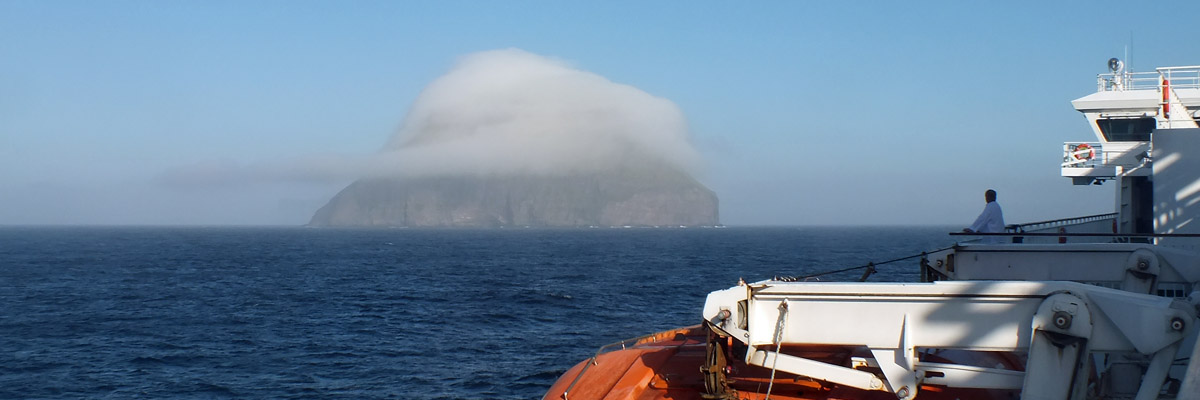 |
Lítla Dímun
 |
Lítla Dímun And Stóra Dímun
 |
Tórshavn
 |
Viking Practice
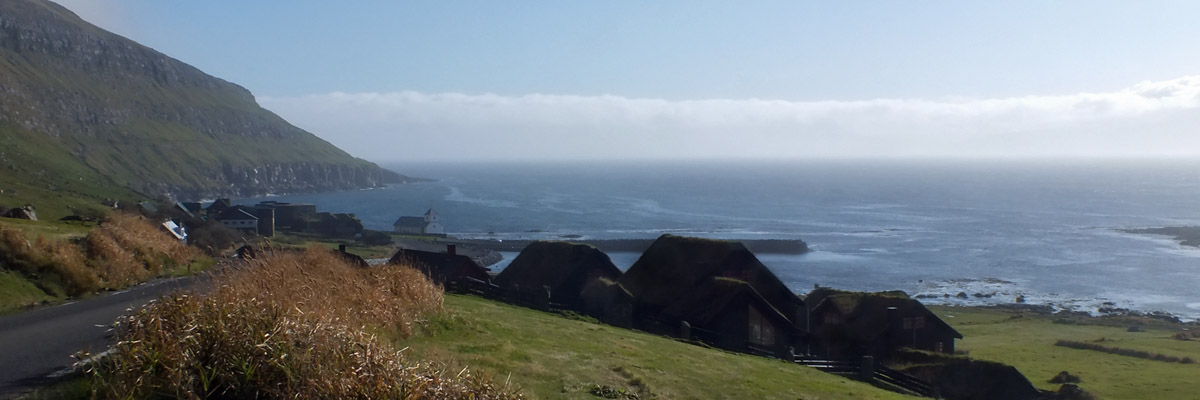 |
Kirkjubøur
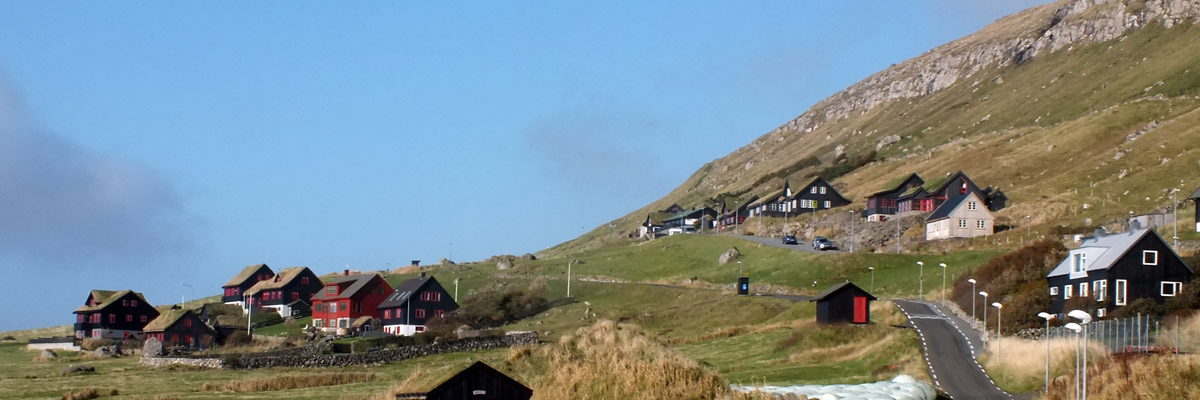 |
Kirkjubøur
 |
Kirkjubøargarður
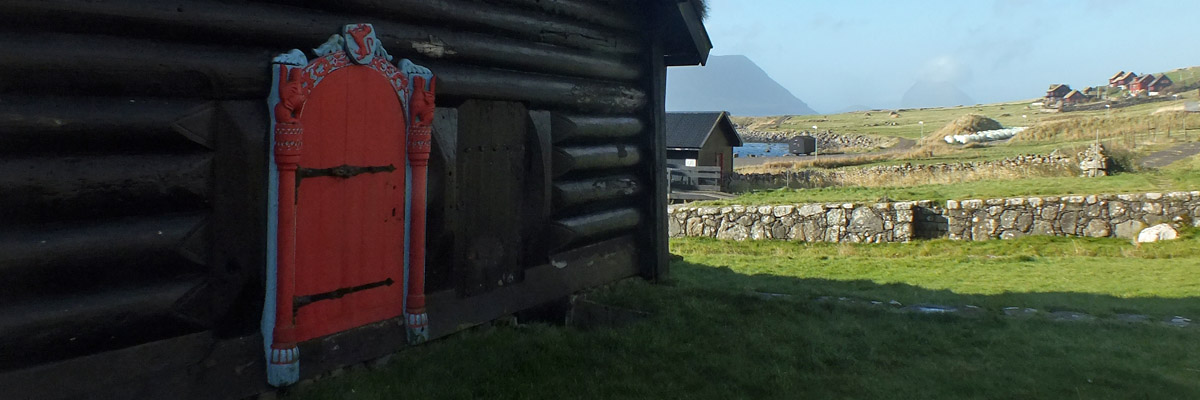 |
Roykstovan
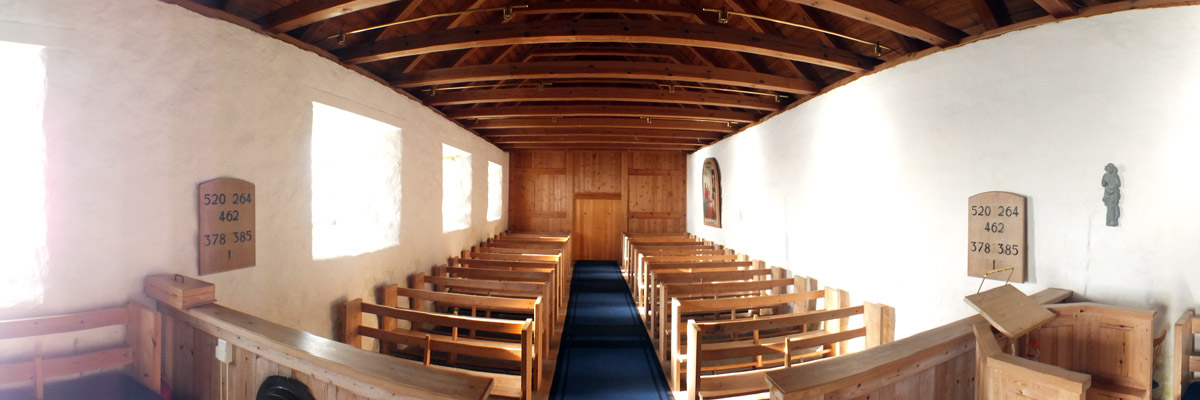 |
Saint Olaf's Church
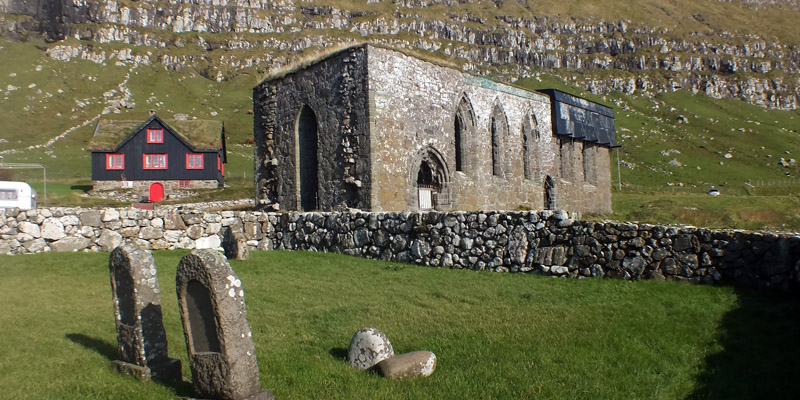 |
St Magnus Cathedral
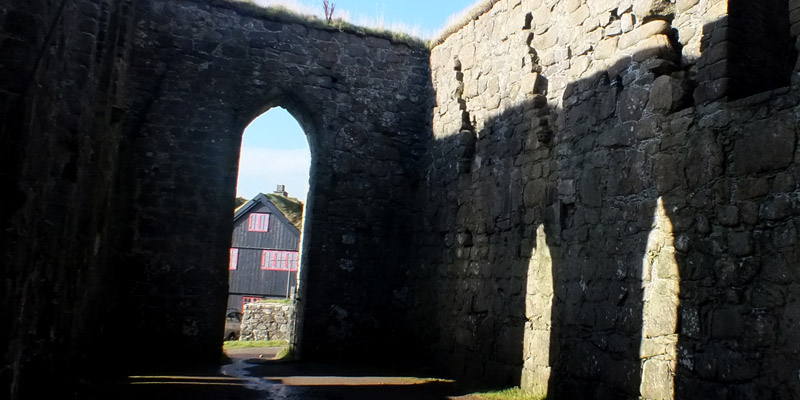 |
St Magnus Cathedral
 |
St Magnus Cathedral
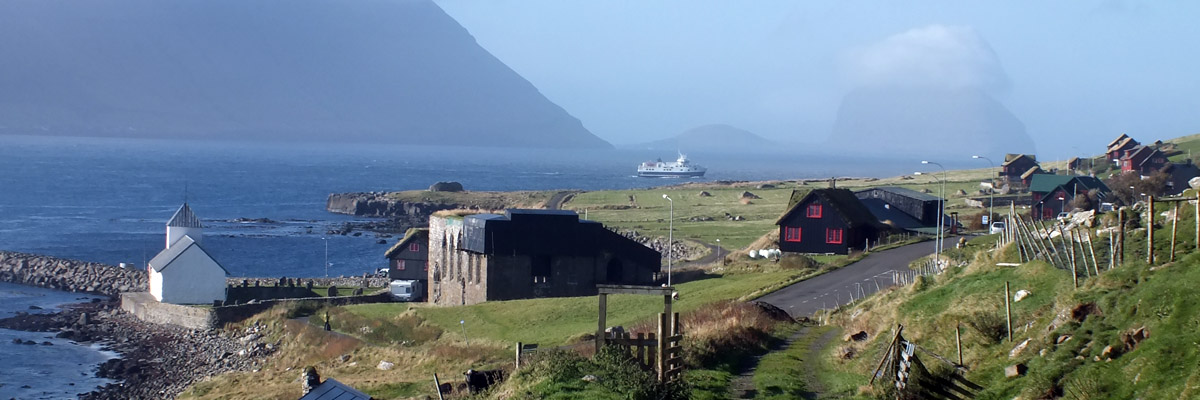 |
Kirkjubøur
 |
Sandoy Ferry And Koltur
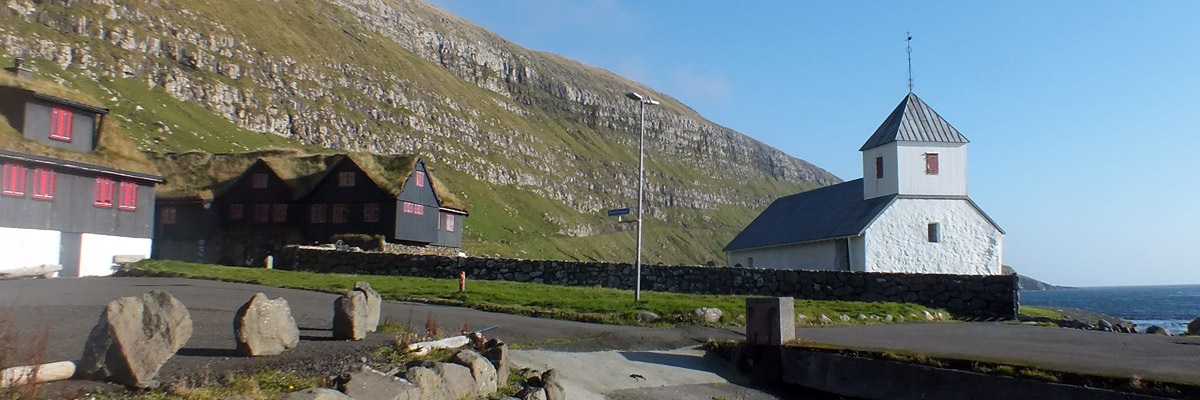 |
Kirkjubøur
 |
Velbastaður
 |
View Toward Norðradalur
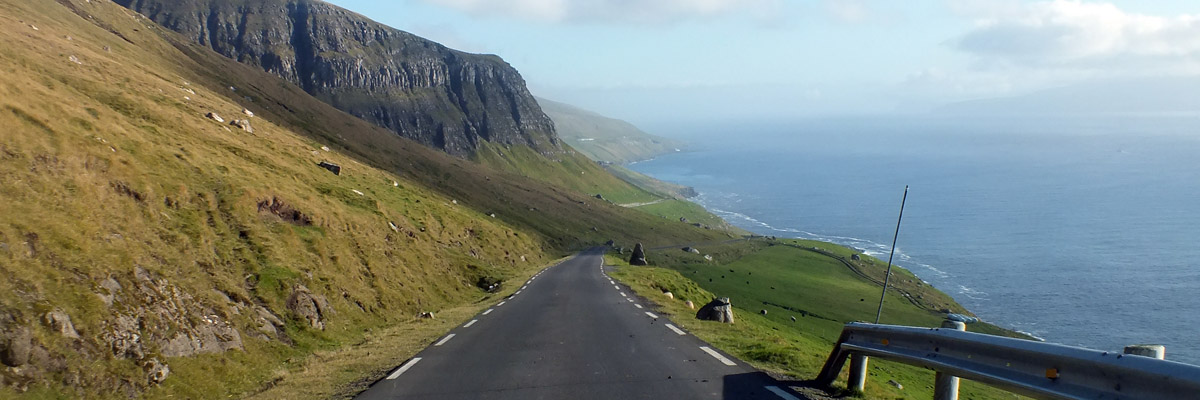 |
Syðradalur
 |
Beacon At Velbastaður
 |
Okkara Brewery
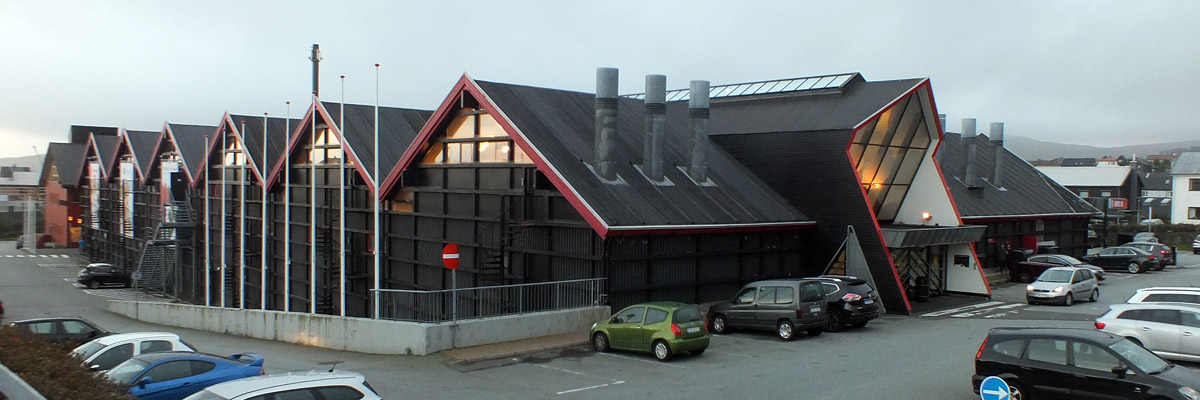 |
SMS
 |
SMS
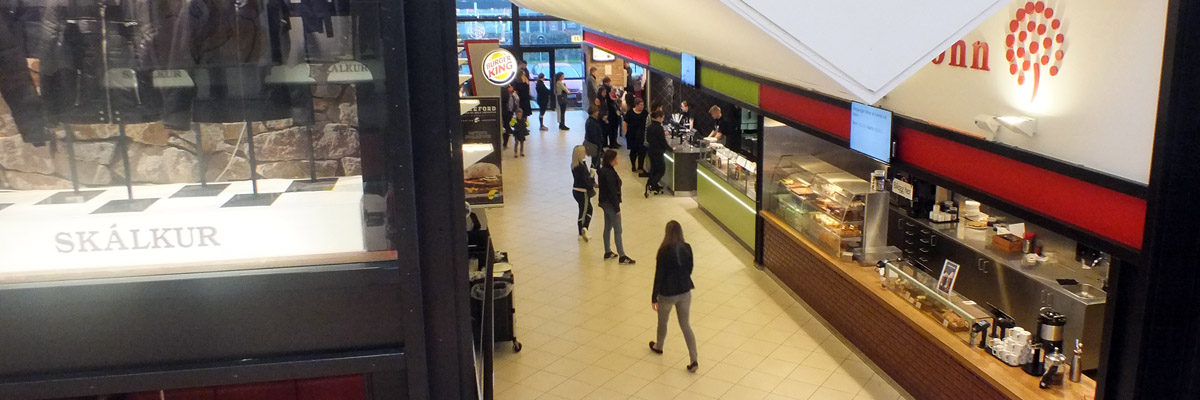 |
Have It Your Way
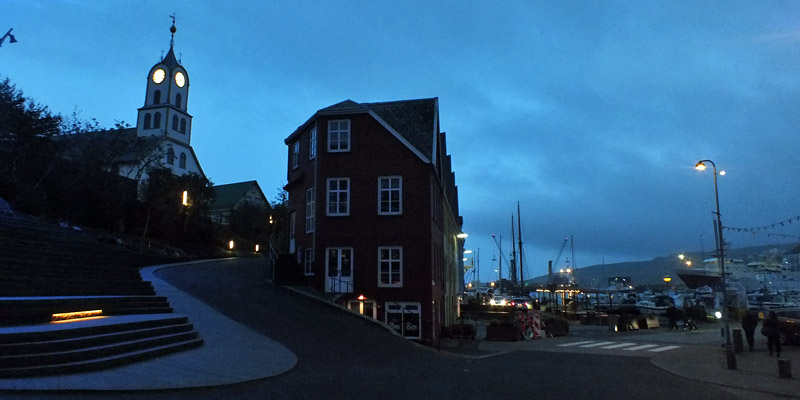 |
Tórshavn
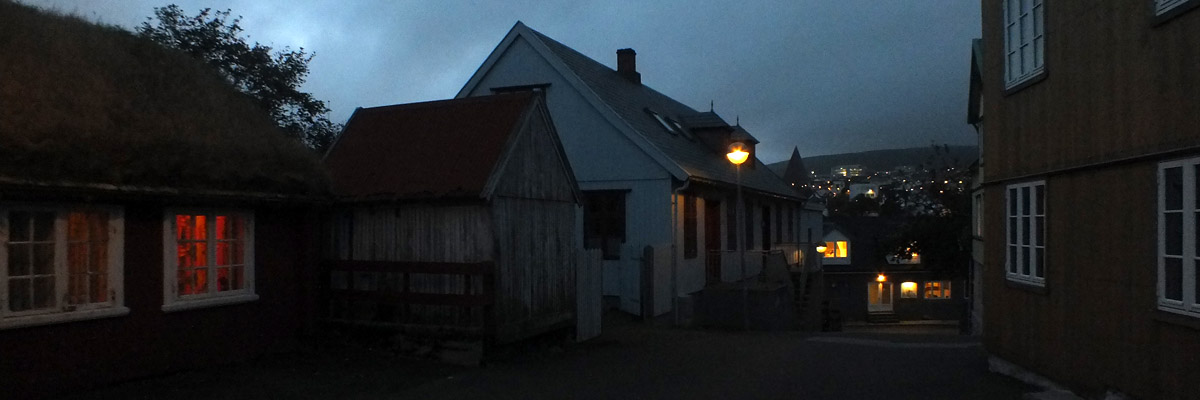 |
Tinganes
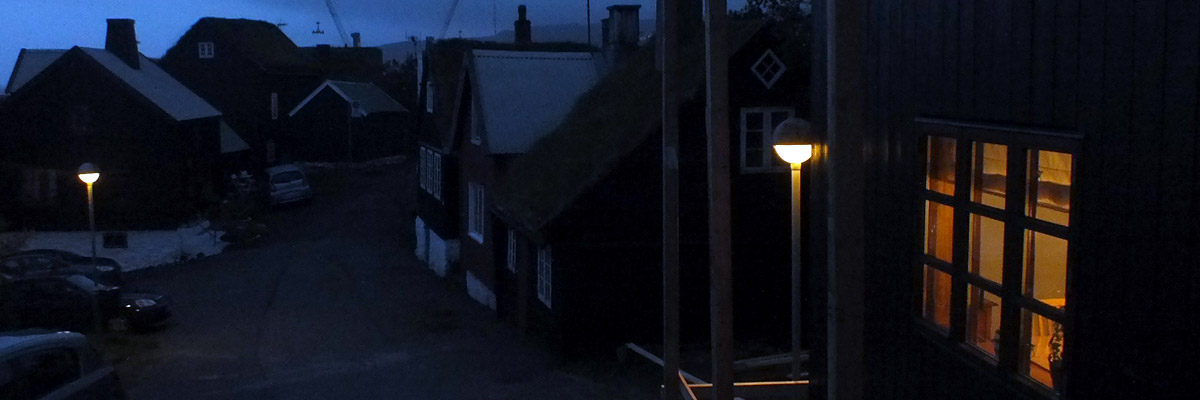 |
Tinganes
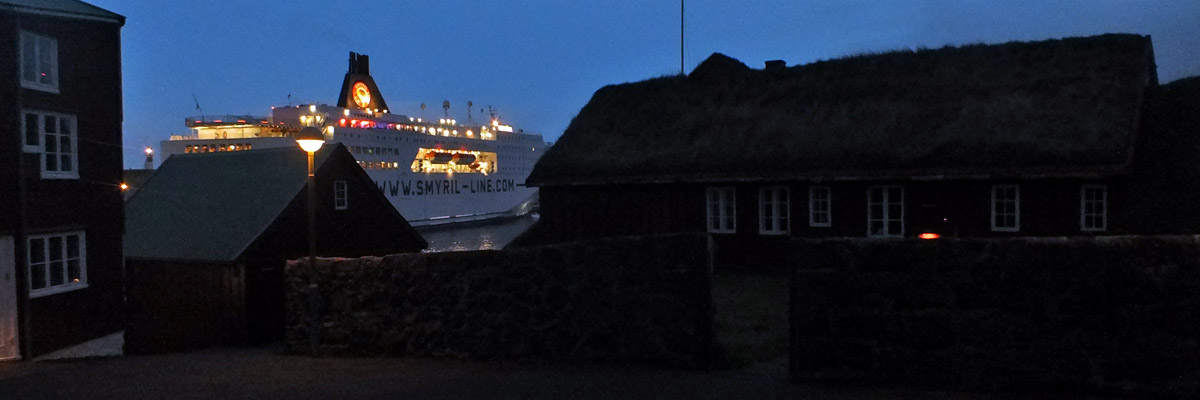 |
Tinganes
 |
Tinganes
 |
Tinganes
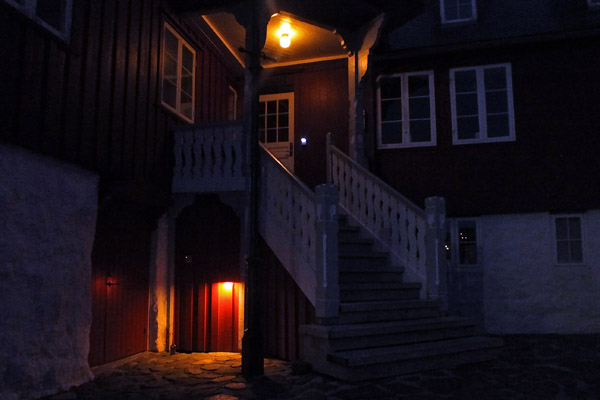 |
Tinganes
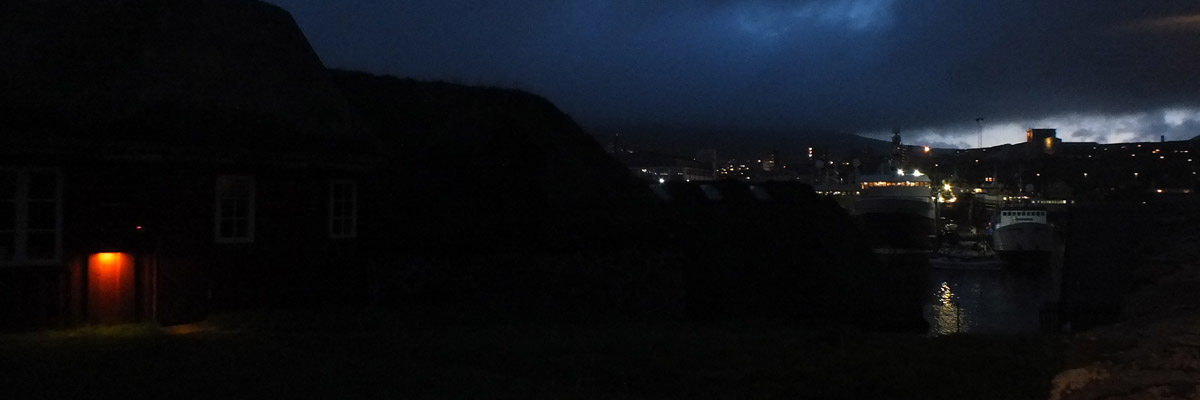 |
Tinganes
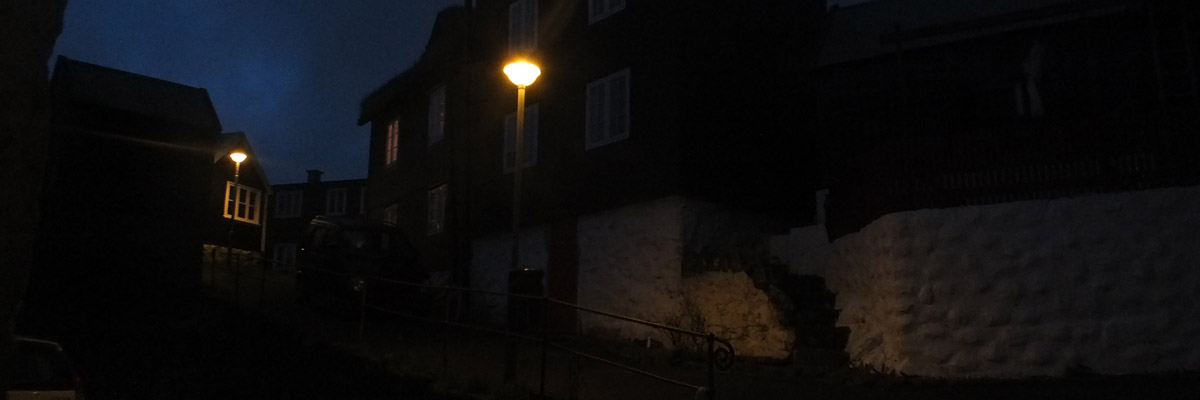 |
Tinganes
 |
Tinganes
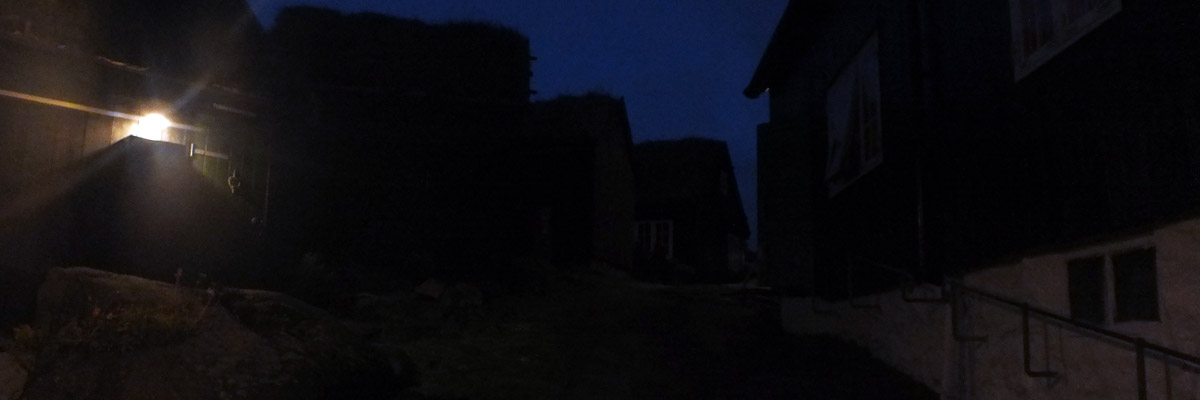 |
Tinganes
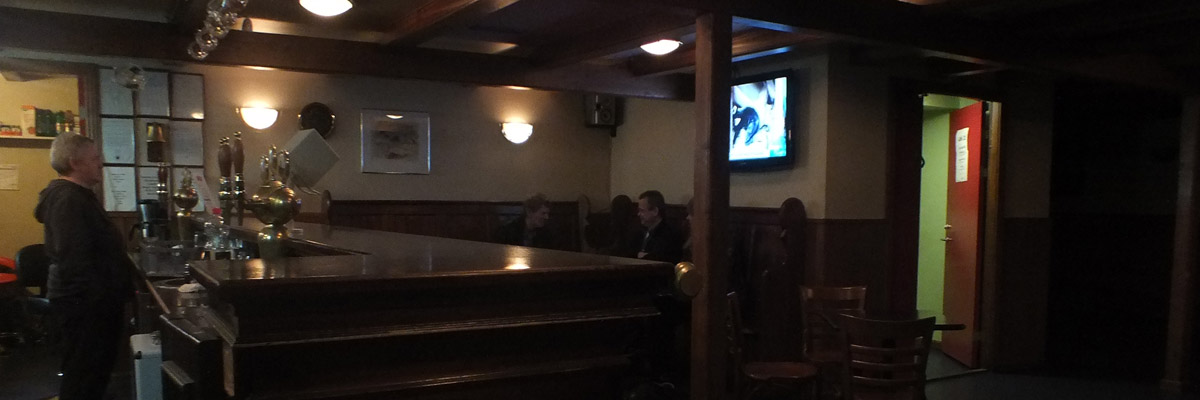 |
Tórshøll
 |
Tórshøll
 |
Írska Pubbin
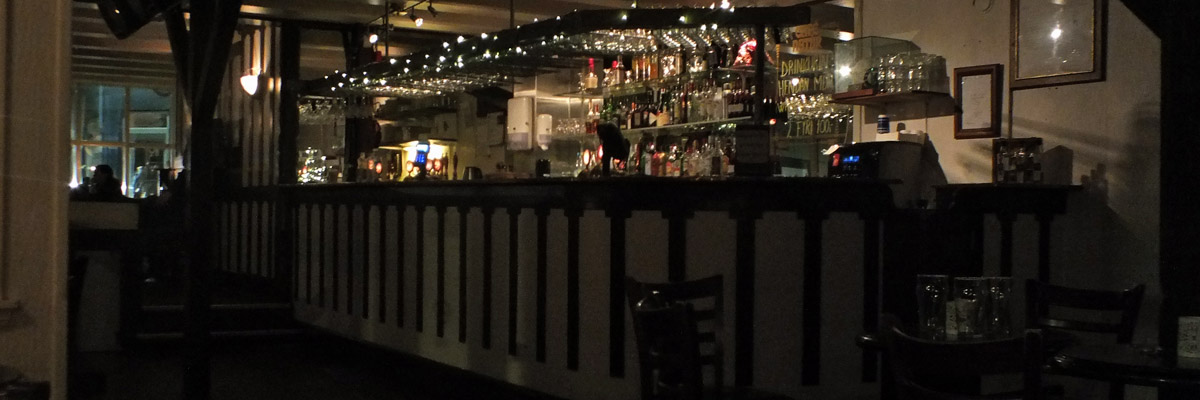 |
Café Natúr
Next
| Octoberrrrrrrrrrrrrrrrrrrrrrr |
| S | M | T | W | T | F | S |
| 1 | ||||||
| 2 | 3 | 4 | 5 | 6 | 7 | 8 |
| 9 | 10 | 11 | 12 | 13 | 14 | 15 |
| 16 | 17 | 18 | 19 | 20 | 21 | 22 |
| 23 | 24 | 25 | 26 | 27 |
The North Atlantic Arc Home

Mr Tattie Heid's Mileage
Results may vary